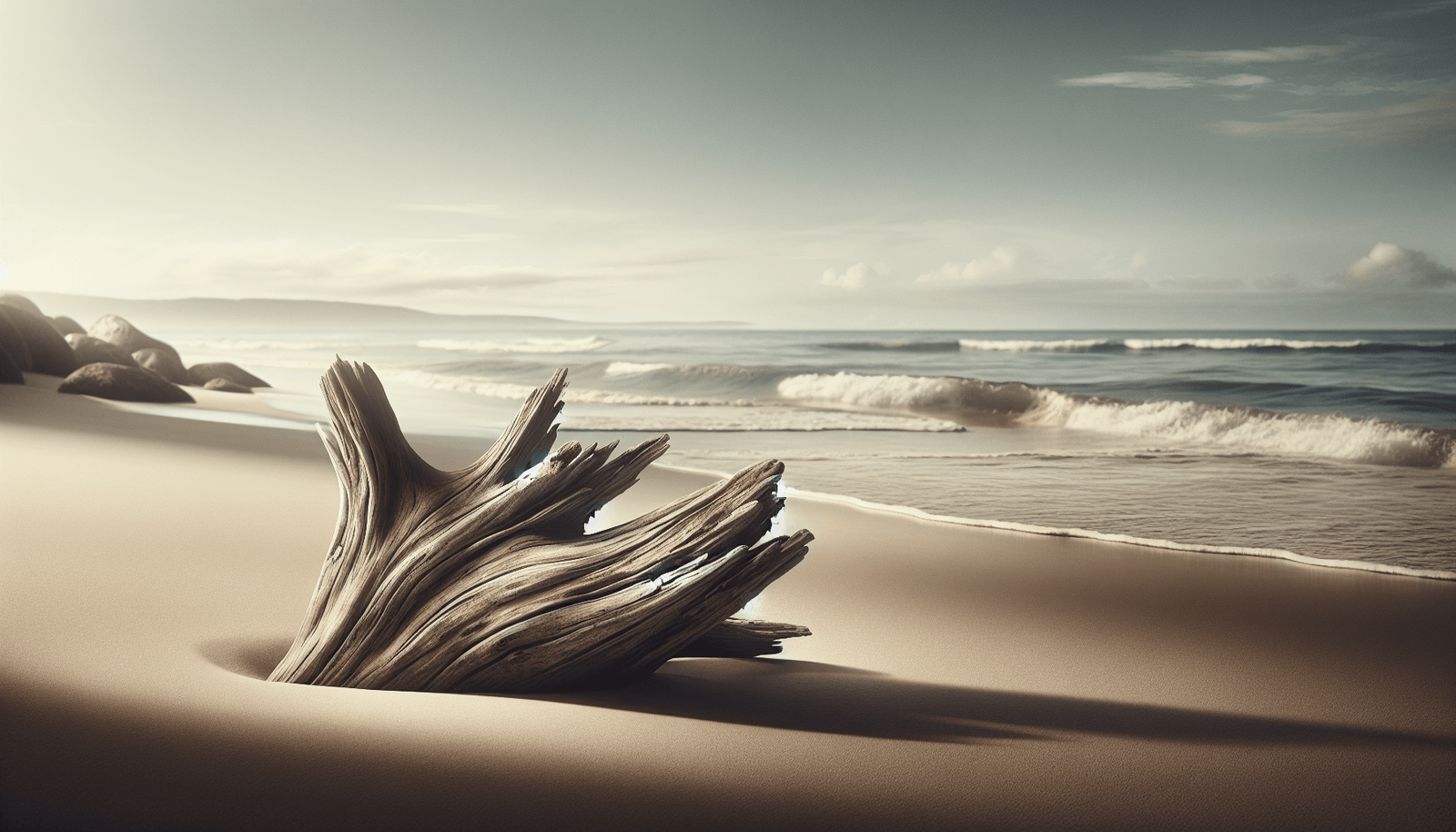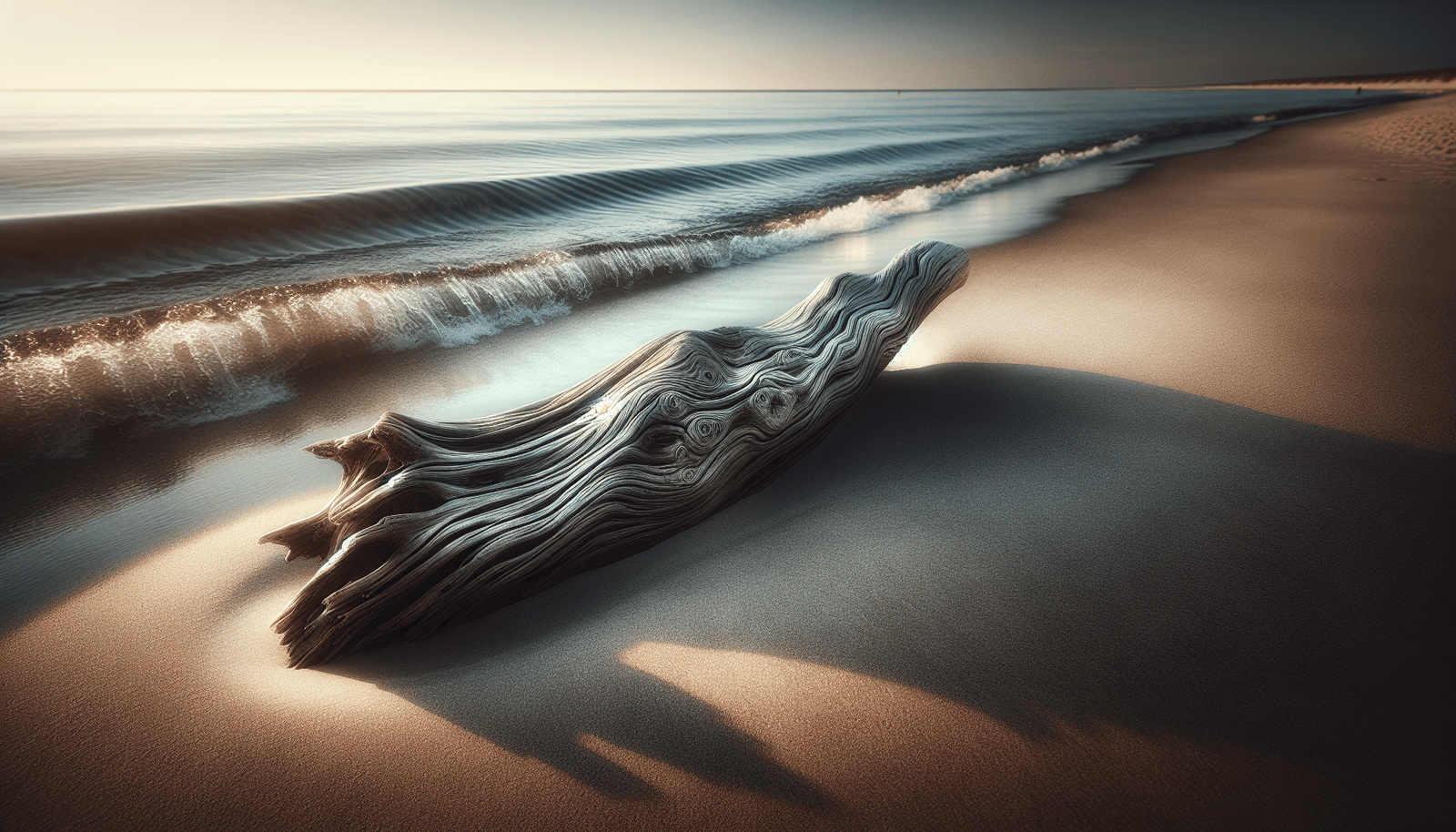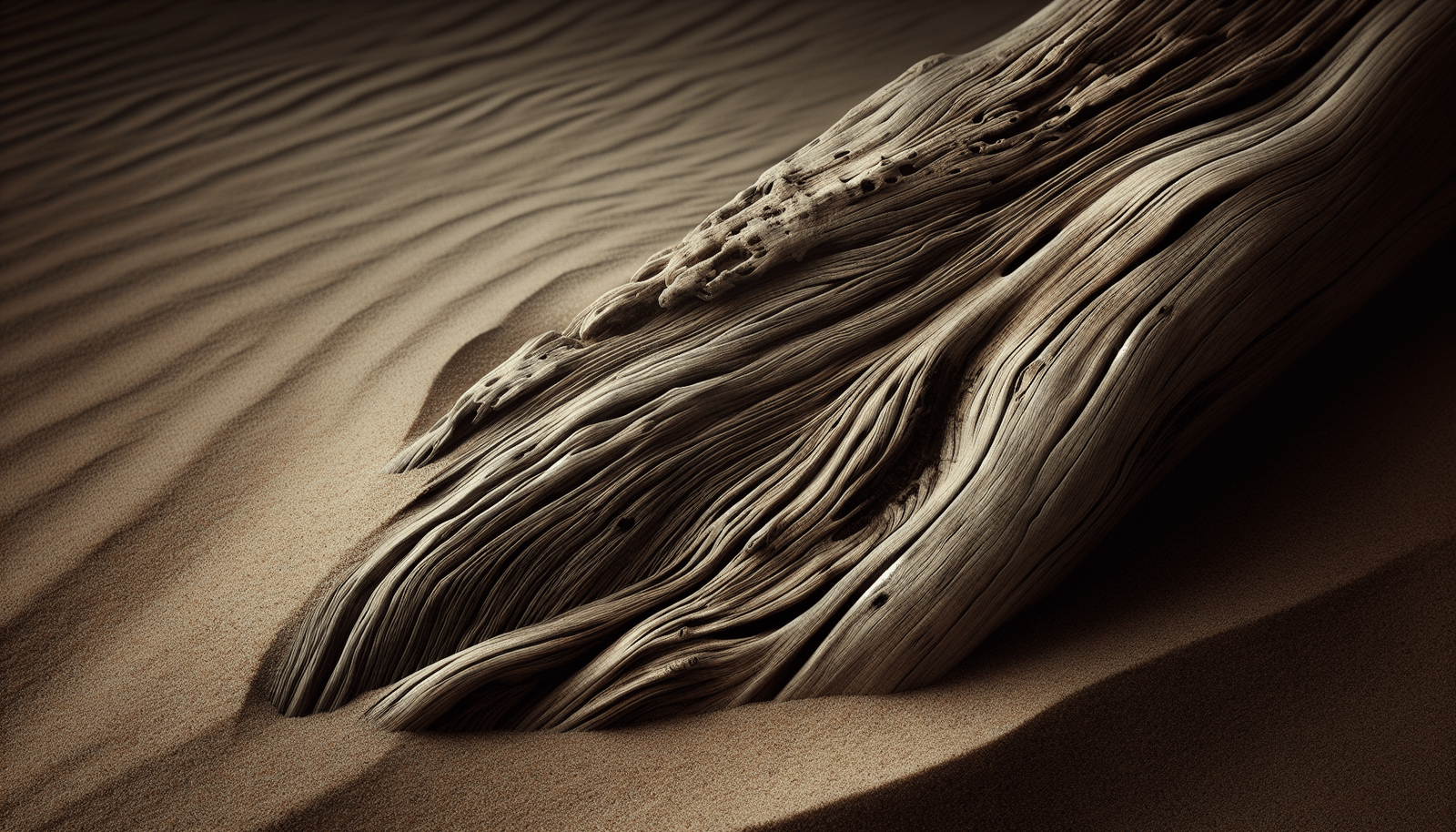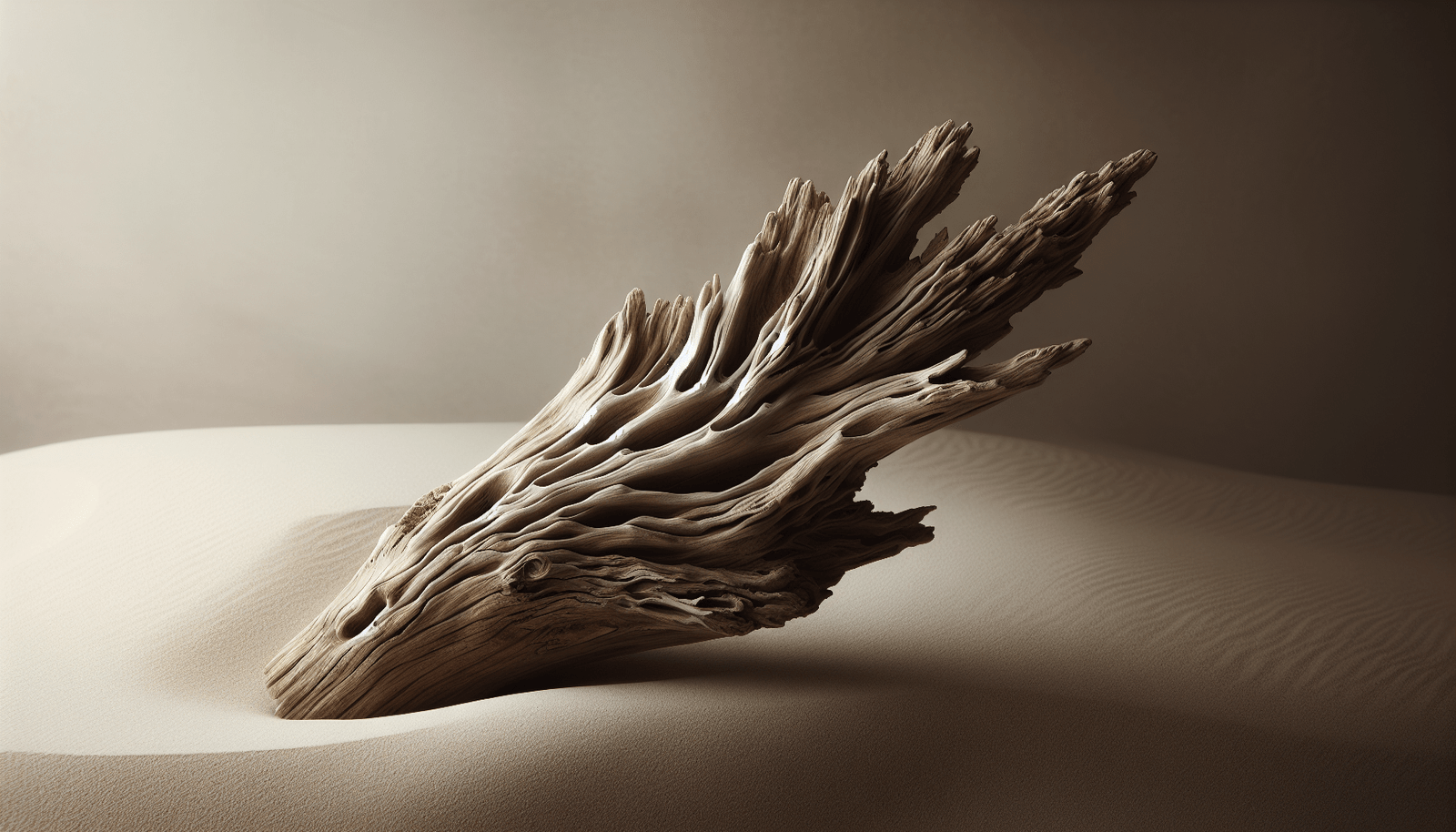Have you ever admired the weathered, rustic charm of driftwood and wished you could bring that look into your home? Incorporating the look of driftwood into your décor can add a natural and serene vibe to your living space. By using driftwood look paint, you can achieve this aesthetic on furniture, walls, and various home accessories. This guide will walk you through everything you need to know about this popular painting technique.
What is Driftwood Look Paint?
Driftwood look paint is a unique paint finish designed to mimic the natural appearance of driftwood. The aged, sun-bleached look of driftwood can add an organic, coastal, and vintage charm to your projects. This finish is typically characterized by a muted, soft-gray and brown tone with occasional washes of blue or white to echo the appearance of timber worn down by sea and sand.
Why Choose Driftwood Look Paint?
There are several reasons why incorporating a driftwood look into your home can be appealing. Not only does it offer a coastal charm that can make your space feel tranquil and rejuvenating, but it also complements various interior design styles such as shabby chic, farmhouse, rustic, and even some contemporary themes. Plus, using paint is an affordable and versatile way to achieve this aesthetic without needing real driftwood, which can be difficult to source and work with.
Tools and Materials Needed
Before diving into your project, make sure you have the right tools and materials on hand. Here’s a list to get you started:
| Tools | Materials |
|---|---|
| Paintbrushes of various sizes | Driftwood look paint (often a combination of gray, brown, and white) |
| Sanding block or sandpaper | Base coat paint |
| Paint stirrer | Sealer (optional) |
| Clean cloths for cleanup | Primer |
Having these supplies ready will streamline your painting process and ensure a professional finish.

How to Achieve the Driftwood Look
Creating a driftwood effect is a fun and creative process that requires some basic steps. Let’s break it down:
Preparing Your Surface
Start by ensuring that the surface you plan to paint is clean and dry. If you’re painting over a previously finished item, sanding it lightly will help the new paint adhere better. If the item is raw wood, a quick sanding will smooth out any rough areas. Apply a primer if needed, allowing it to dry completely before moving on to painting.
Applying the Base Coat
Apply a base color coat, usually a lighter shade such as off-white or light beige. This will serve as the foundation for the driftwood effect. Let the base coat dry completely, which might take a few hours depending on the paint type and environmental conditions.
Blending Multiple Paint Colors
The secret to a convincing driftwood look lies in layering and blending different hues. Start with your primary driftwood paint color—typically a grayish-brown tone. Use a larger brush to apply it unevenly over the surface, allowing some areas to show more base coat than others. This adds depth and a natural look.
Then, using a combination of dry brushing with a lighter color like white, you highlight the natural wood grain’s imperfections, giving it a sun-bleached effect.
Distressing for Authenticity
For added authenticity, you might want to distress your piece. Use a sanding block to gently sand away parts of the paint on edges and corners. Distressing helps to mimic the natural wear and tear that real driftwood undergoes.
Sealing Your Work
Once you’re satisfied with the look, you can apply a clear sealer to protect your work and enhance its durability, especially if it’s a piece that will receive heavy use. Choose a matte or satin finish to maintain the rustic appeal.
Different Applications of Driftwood Look Paint
Driftwood look paint isn’t restricted to just wood surfaces; its versatility can transform a variety of home elements:
Furniture
Transform old tables, chairs, or even kitchen cabinets with this style. The rustic look can make your furniture appear vintage and well-loved.
Walls
A feature wall designed to look like driftwood can add striking visual interest and is perfect for a coastal-themed or beach-inspired room.
Decor Accessories
Smaller items such as picture frames, vases, or lamp bases can be painted to match and bring unity to your décor theme.

Tips and Tricks for Getting It Right
While driftwood look paint is generally straightforward, these tips can help enhance the outcome:
- Experiment on Scrap Pieces: Before tackling your main piece, try out your technique on a scrap piece of wood to get comfortable with the process.
- Mix and Match Paints: You don’t need to be a paint manufacturer to create the perfect hues. Mixing small amounts of different paints can help you find the right shade.
- Work in Natural Light: This will allow you to see the true colors of your work and ensure that you’re happy with the color and texture.
Common Mistakes to Avoid
Every DIY project comes with a learning curve. Here are some pitfalls to watch out for:
- Rushing the Drying Process: Patience is key. Ensure each layer of paint is thoroughly dry before applying the next, preventing smudging and unwanted blending.
- Using Only One Color: Real driftwood has a variety of hues, so restricting yourself to a single color may lead to a flat and unrealistic look.
- Over-distressing: While distressing is crucial, too much can remove more paint than intended and may detract from the overall look.
Maintaining Your Driftwood Painted Items
Once you’ve achieved the desired look, you’ll want to extend its lifespan as much as possible. Here are some maintenance tips:
- Regular Dusting and Cleaning: A simple wipe-down with a damp cloth will keep your pieces free from dust and grime without damaging the finish.
- Avoid Direct Sunlight Exposure: As with many painted surfaces, prolonged exposure to direct sunlight can cause fading, so arrange your pieces accordingly.
- Humidity Control: In areas with high humidity, ensure good airflow to avoid moisture buildup, which can affect the paint integrity.
Driftwood Look Paint: Inspiration Ideas
Looking for some inspiration to get started on your driftwood painting project? Here are a few ideas:
- Coastal Bedroom: Use driftwood look paint on your headboard or create a DIY nightstand for a serene sleeping space.
- Country Kitchen: Transform kitchen cabinets for a cozy, lived-in feel that complements rustic kitchenware and sinks.
- Garden Accents: Paint planters or outdoor patio furniture for a cohesive garden space that resonates with natural surroundings.
Conclusion
Driftwood look paint offers a fantastic way to incorporate natural beauty into your living space without the sand and salt. With a bit of creativity and patience, you can achieve stunning, faux-driftwood furniture and décor that will enhance any home. By following these guidelines and tips, your projects will bring the calming, soothing essence of oceanside retreats right into your home, perfect for relaxing and unwinding in style.











